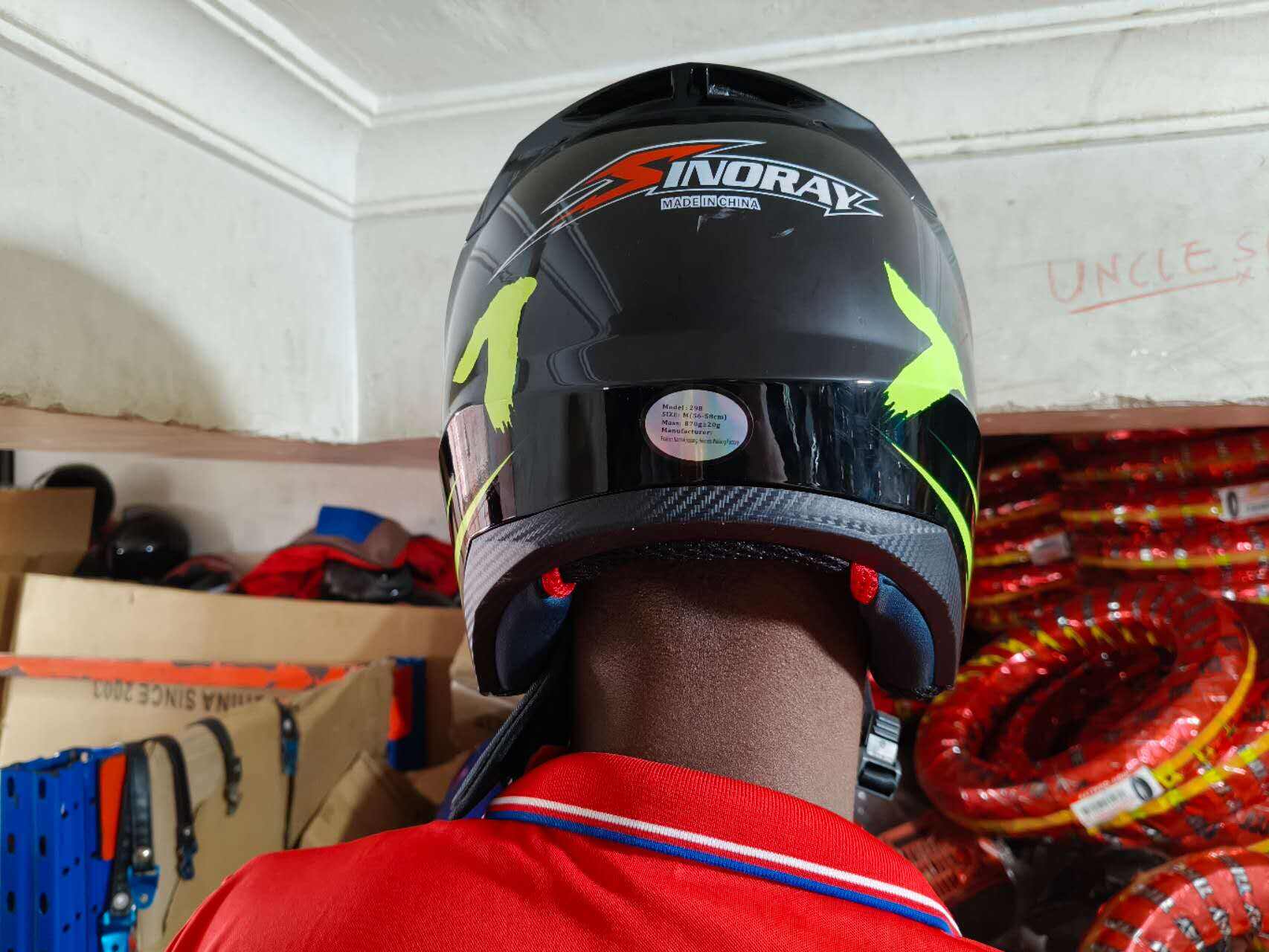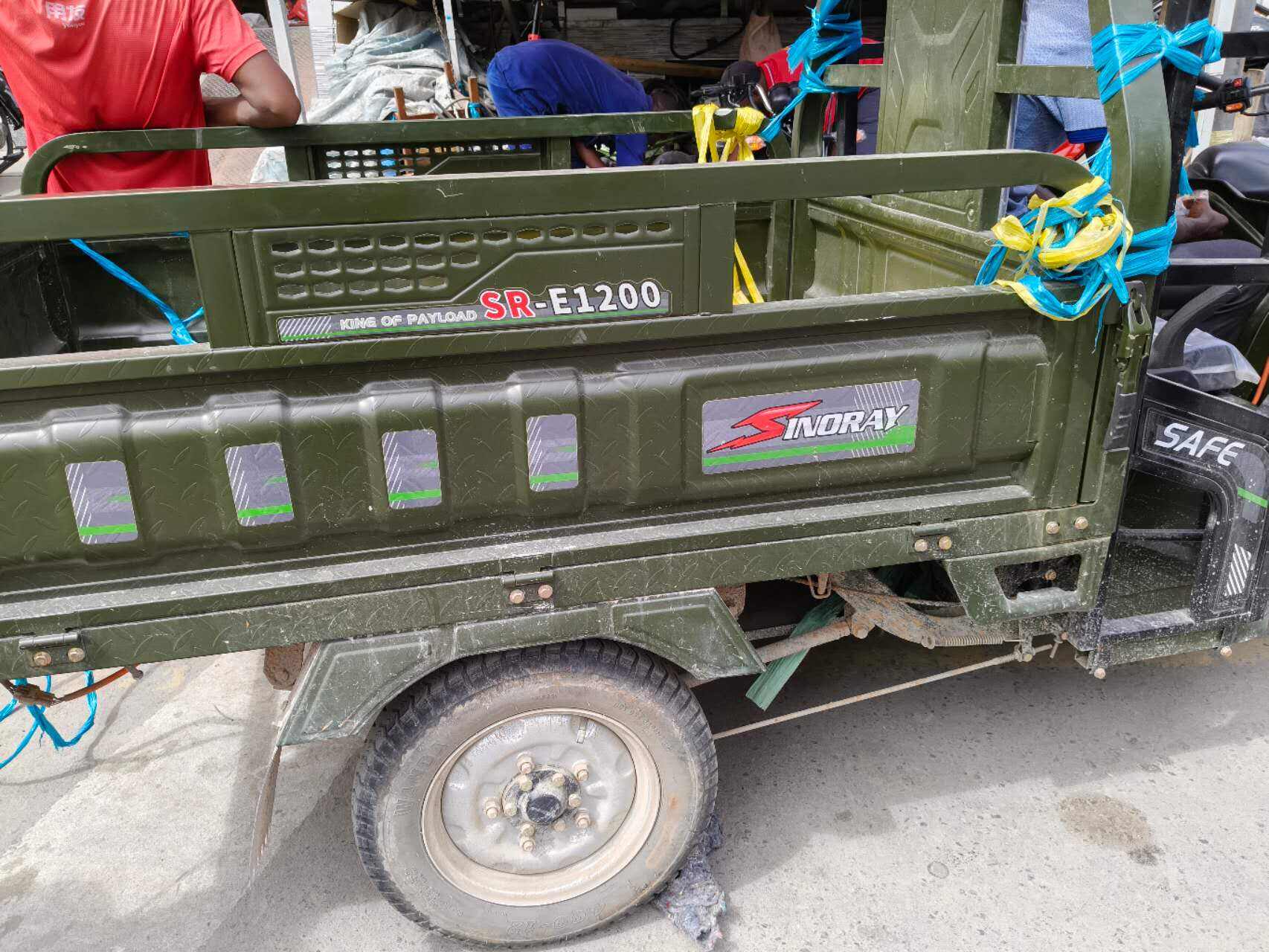tricycle in africa
The tricycle in Africa represents a transformative mode of transportation that has become an integral part of both urban and rural mobility solutions. These three-wheeled vehicles, commonly known as tuk-tuks or keke in various African regions, serve as versatile transport options combining the maneuverability of motorcycles with enhanced stability and cargo capacity. Modern African tricycles typically feature robust 150-250cc engines, providing reliable performance while maintaining fuel efficiency. They are engineered with reinforced chassis designs to withstand challenging road conditions and feature spacious passenger compartments that can accommodate 3-4 passengers comfortably. The vehicles often include weather protection features such as retractable canopies and side curtains, essential for both rainy and sunny conditions. Technologically, many models now incorporate basic digital displays for speed and fuel monitoring, along with improved suspension systems for better ride comfort. These tricycles serve multiple purposes, from passenger transportation in congested urban areas to goods delivery in rural communities, agricultural product transportation, and mobile vending platforms. Their adaptability has made them particularly valuable in areas with limited transportation infrastructure, bridging crucial mobility gaps across the continent.



